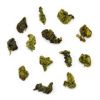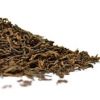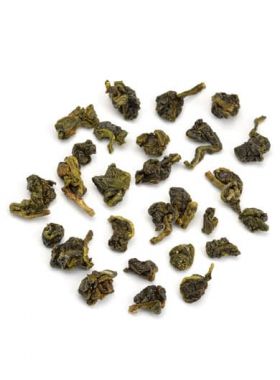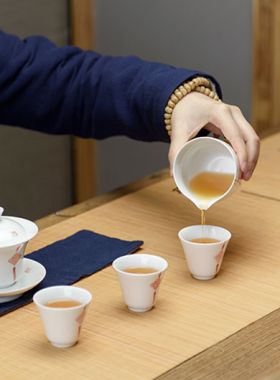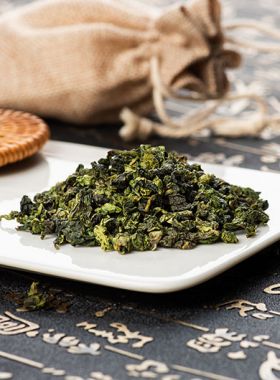-
Fast ShippingFree shipping for orders above $40
to most countries. -
Secure PaymentPay with Paypal, Credit Card …
-
Carefully SelectedFrequently Visit Tea Gardens.
Taste Repetitiously -
15 Days RefundNo Questions Asked
Refund Policy
Taiwan Osmanthus Oolong Tea
Sweet Osmanthus taste, good for iced
Sweet Osmanthus taste, good for iced
| Origin: |
Tea from Ali Shan, Chiayi County, Taiwan; Osmanthus from Yunnan Province |
|---|---|
| Season: |
Spring Tea |
|
Harvest Date: |
May 26, 2024 |
| Dry Leaf: |
Tightly curled into semi-ball, yellowish green in color |
| Aroma: |
Osmanthus fragrance |
| Liquor: |
Bright Yellow |
| Taste: |
Smooth sweet Osmanthus taste, fresh Oolong taste, a little milk flavor |
| Tea Bush: |
C.sinensis cv.Qingxin (Chin Shin Oolong) |
| Tea Garden: |
Shi Zhuo Tea Garden |
| Caffeine: |
Moderate caffeine (less than 20% of a cup of coffee) |
| Storage: |
Store in airtight, opaque packaging; keep refrigerated |
| Shelf Life: |
24 Months |
Angel's Comment:
Scented with natural Osmanthus petal, this Oolong Tea is attractive with both fresh taste of oolong tea and sweet Osmanthus taste.
This Osmanthus Oolong is composed of Taiwanese Oolong scented with freshly picked Osmanthus flowers during the making processes. To enhance its floral notes, it also added a small amount of natural flavoring extracted from osmanthus flower. Therefore, it results a strong floral scent as well as the natural mellow taste of oolong tea.
Upon brewing this tea, the first thing you’ll notice is the refreshing fragrance of the osmanthus, seeping into the liquid as a noticeable sweet taste. The aromas of the tea and the flowers will linger in your mouth for a while after swallowing, and the floral fragrance also brings a richer overtone to the tea.
 |
Cup Method |
 |
Chinese Gongfu Method |
 |
Teacup: 12oz / 355ml |  |
Gaiwan: 3.8oz / 110ml |
 |
212℉ / 100℃ |  |
212℉ / 100℃ |
 |
5g Tea |  |
7g Tea |
 |
Brewing time: 3 - 5 mins |  |
7 steeps: rinse, 25s, 30s, 35s, 50s, 60s, 70s, 90s |
Shi Zhuo Tea Garden is the highest tea garden in all of Alishan, sitting at between 1000 and 1500 meters above sea level. Its mountainous geography allows for monsoon and high-mountain climates to exist at the same time, meaning that tea trees here grow more slowly than usual but yield more tender, mellower leaves. This paired with the naturally acidic soil results in a truly unique product.
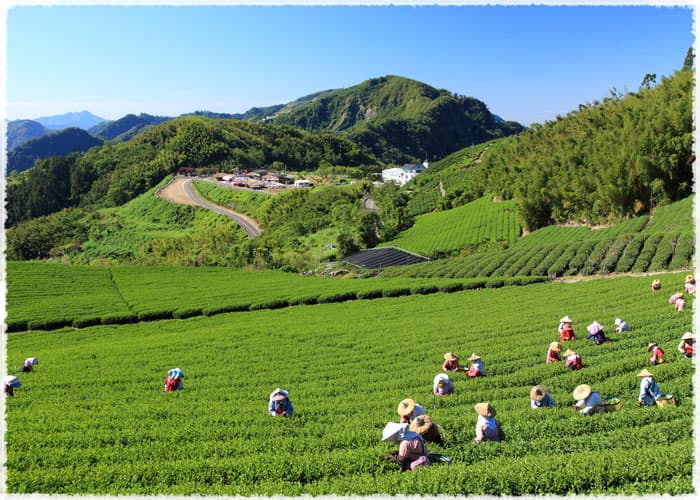
Mr. Lin Xingbiao has been a professional tea farmer for over forty years. Born to a traditional tea family, he has been deeply ingrained in the culture since childhood, and ended up building his own tea factory. As his factory gradually grows, he continually attempts to seek a common development between the tea enterprise and the tea farmers themselves.
Mr. Lin believes that the hardest factor to overcome is the weather: if leaves suffer from bad weather, then the result will be a reduced yield with lowered quality. During cold weather the leaves are covered with straw in order to prevent them from frosting; this is one thing that Mr. Lin has learned throughout his years of experience.
His first priority is to strictly control his products’ quality and ensure its reputation. Mr. Lin, together with his tea factory, will continue to provide high-quality tea and regularly increase the number of factories that do so.
This oolong is an Ali Shan variety, coming from one of the most famous growing areas in Taiwan; Alishan covers almost a fifth of the total area of Chiayi County, and at an elevation of between 1000 and 1600 meters, the mountainsides are always covered with fog and clouds, ideal for growing oolong.
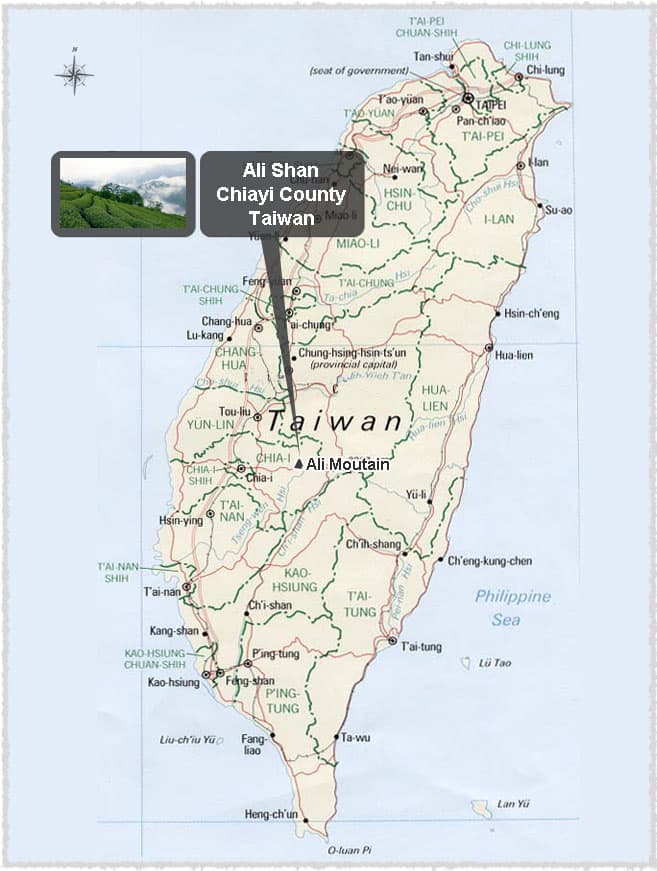
Ali Shan is famous scenery in Taiwan which lies at the east of Chiayi County. With the dense forest, Ali Mountain owns a reputation as the best summer resort in Taiwan. In Chiayi County, several villages which locate in high mountain areas have tea gardens, including Alishan Village, Meishan Village, Zhuqi Village, Zhongpu Village, Dapu Village, Falu Village.
Qingxin Oolong is a type of wild, small-leaf species. The plant is short with dense bunches of branches and thick leaves, soft and elastic to the touch with a deep, glossy green color.
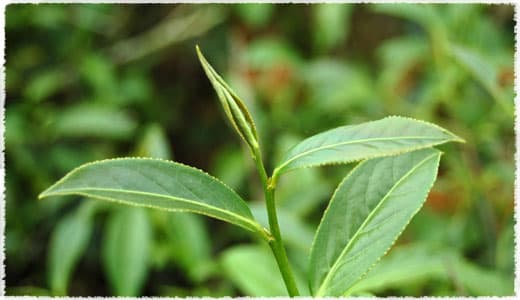
This species mainly grows in Chiayi County, in villages such as Ali, Wenshan, and Haishan Village, and in Nantou County in Mingjian and Lugu Villages.
Oolong tea was first developed in the early 1700s in Fujian, China. As a cross between non-fermented green teas and fully-fermented black teas, it combines the best of both in a single tea - and as a result quickly became popular all throughout eastern China and Taiwan. Nowadays, Anxi is the largest producing area of oolong tea, with its representative type of tia guan yin oolong tea.
In the year 1855, a man named Linfengchi took a few oolong tea trees with him from the Wuyi Mountains in China and traveled to Dong Ding, in Lugu, Taiwan. Once there he replanted the tea trees, beginning the history of Dong Ding Oolong, one of Taiwan’s most famous teas. During 1858, a British company at that time called Jardine Matheson & Co. brought semi-finished oolong tea from Taiwan and spread it around the world.
-
5 stars43
-
4 stars30
-
3 stars7
-
2 stars3
-
1 star1



